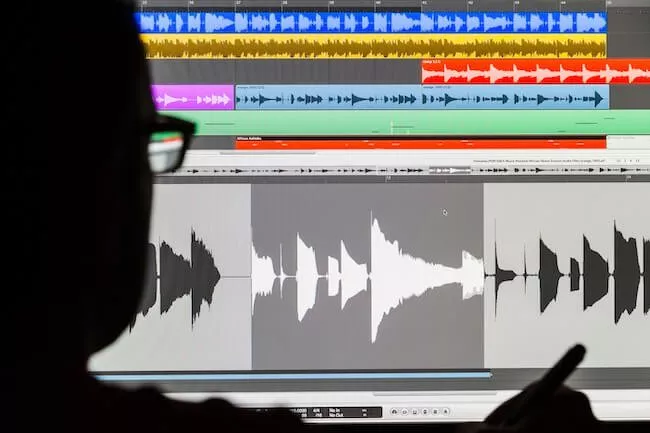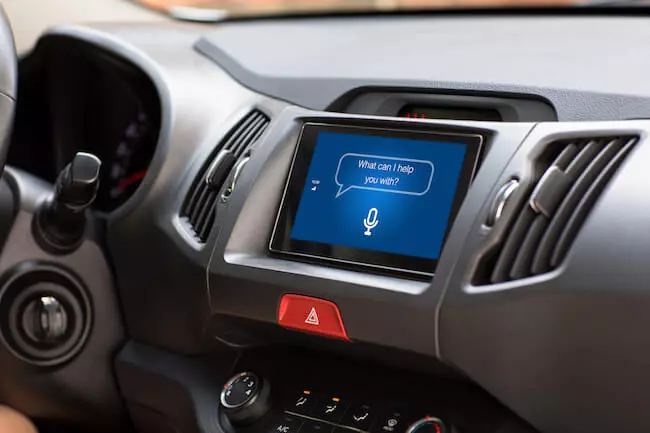 Developing a high-quality, multichannel audio system for the demanding automotive environment presents significant technical complexities. A recent project aimed at delivering immersive automotive sound experienced unexpected performance bottlenecks, software instability, and audio dropouts during the integration phase. Addressing these challenges required a deep understanding of automotive embedded audio engineering services including embedded software and audio processing to ensure a robust and reliable solution.
Developing a high-quality, multichannel audio system for the demanding automotive environment presents significant technical complexities. A recent project aimed at delivering immersive automotive sound experienced unexpected performance bottlenecks, software instability, and audio dropouts during the integration phase. Addressing these challenges required a deep understanding of automotive embedded audio engineering services including embedded software and audio processing to ensure a robust and reliable solution.
The client was far along into system integration, but the amplifier’s processing struggled to keep up. Music would cut out unpredictably, eventually stopping altogether. As deadlines loomed, it became clear that the existing software wasn’t able to meet performance expectations. The system lacked the necessary processing power, suffered from severe clock synchronization issues and couldn’t meet the required 15-millisecond latency standard.
With no time for a complete rebuild, the client turned to Cardinal Peak. Initially brought in for embedded software integration, our team quickly realized the need for deeper expertise. Cardinal Peak’s engineers stepped up — rearchitecting the system, optimizing performance and transforming an unstable platform into a production-ready solution in time for launch.
Cardinal Peak delivered measurable performance improvements that transformed the vehicle audio amplifier into a production-ready solution in time for launch. System optimizations cut processing time by more than 64%, allowing the system to handle incoming audio packets efficiently.
Technical Challenges: A Limited Automotive Audio System
During integration, it became apparent that there was a mismatch between the initial hardware selection and the full system requirements. The project was experiencing three major roadblocks.
1. Performance Requirements Exceeded Initial Hardware Capabilities
The ambitious design of the 32 independent audio channels, utilizing four serial TDM lines, placed significant processing demands on the selected microcontroller. As system integration progressed, it became clear that the initial hardware configuration needed additional processing power to effectively manage the complex audio delivery alongside essential system-level tasks such as security, logging and maintenance. This resulted in increased latency and potential audio instability.
2. Software Integration Complexities
Integrating the initial software presented several challenges. As a generalized solution, it required significant adaptation to meet the specific needs of this high-performance amplifier. This resulted in issues such as:
- Race conditions arising from concurrent data access. Multiple processes were attempting to access and modify data simultaneously, causing system instability.
- Inefficient code structure leading to processing overhead.
- Clock synchronization failures due to inadequate protection of time values within the Time-Sensitive Networking (TSN) framework.
The system’s reliance on Time-Sensitive Networking (TSN) for synchronized operation across all components (dashboard, network switch, amplifier and noise-canceling subsystem) made precise clock synchronization critical. Even minor timing inconsistencies could lead to buffer overflows or underflows, resulting in audio dropouts. The initial software approach of system reboots upon detecting timing errors proved disruptive to the user experience.
3. Inadequate Buffering
The amplifier’s initial audio buffer size of 5-milliseconds was insufficient for the demanding real-world automotive environment and vulnerable to network disruptions. The software’s memory management consumed excessive resources, limiting the amplifier’s ability to manage vehicle conditions and challenging the system to maintain consistent audio playback across components.
Any project delay or performance impact could affect our client’s reputation in the marketplace, so it was important to deliver a high-quality amplifier solution quickly.
Automotive Embedded Audio Engineering Services to the Rescue
Understanding the severity of the automotive audio amplifier system’s issues, Cardinal Peak deployed a team of embedded systems experts to diagnose and address the amplifier project’s shortcomings. The team’s approach focused on four core areas:
1. Rearchitecting the Data Flow
The engineers streamlined the system’s data pathways by removing redundant operations and unnecessary software branches. Our team significantly improved processing speed and reduced memory consumption by eliminating inefficient code structures and focusing on the amplifier’s core functions.
2. Optimizing Buffering for Stability
The team carefully adjusted the amplifier’s buffering strategy to prevent dropouts and improve real-time audio synchronization. This optimization included:
- Reducing redundant memory allocation, freeing up system resources for real-time audio processing.
- Extending presentation time from 5 milliseconds to 11 milliseconds, providing greater tolerance for network variability and reducing the risk of audio dropouts.
- Establishing more efficient packet management, reducing instances of out-of-order audio data delivery and improving playback reliability.
3. Time-Sensitive Networking and Clock Synchronization
One of the biggest contributors to unstable audio playback was clock drift across the system’s networked components. Since the amplifier relied on Time-Sensitive Networking to keep all audio data synchronized, even the slightest timing inconsistencies resulted in buffer overflows, empty buffers or total audio failure.
To fix this, Cardinal Peak implemented a series of real-time synchronization improvements:
- Refined Precision Time Protocol (PTP) algorithms to perfectly align all networked components — dashboard, network switch, amplifier and noise-canceling subsystem.
- Reworked interrupt handling to prevent race conditions that previously corrupted time values.
- Eliminated the need for systemwide reboots, replacing them with real-time clock corrections that stabilized playback without interruptions.
The team’s improvements transformed system reliability — increasing uptime from two hours to 10 days without failure, ensuring seamless audio performance across the vehicle’s network.
4. Leveraging Custom Profiling Tools
A key breakthrough came from developing custom profiling tools to analyze system performance in real time. These tools enabled the team to:
- Identify the most prominent performance bottlenecks within the software stack.
- Optimize critical tasks and interrupts to reduce CPU load and improve efficiency.
- Measure and validate improvements throughout the optimization process.
Using this data-driven approach, the team could fine-tune the amplifier’s performance while safeguarding system stability.
The Results: Dramatic Performance Gains and System Stability
Through strategic optimization, Cardinal Peak delivered measurable performance improvements that transformed the amplifier into a high-performance, stable system. Key results included:
Performance efficiency improved by 64%
Optimizations cut processing time per iteration by 64%, allowing the system to handle incoming audio packets efficiently.
Optimizations cut processing time per iteration by 64%, allowing the system to handle incoming audio packets efficiently.
Doubled available system memory
Freed up critical system resources and boosted available free space from 7% to 14%, enabling extra buffering.
Freed up critical system resources and boosted available free space from 7% to 14%, enabling extra buffering.
Audio buffering improved from 5 milliseconds to 11 milliseconds
Our engineering experts significantly reduced the risk of audio dropouts.
Our engineering experts significantly reduced the risk of audio dropouts.
System stability extended
Our team was able to increase stability and extend the system run from about 2 hours to 10 consecutive days without interruption.
Our team was able to increase stability and extend the system run from about 2 hours to 10 consecutive days without interruption.
By the end of the project, the amplifier met all customer specifications, delivering a high-quality audio experience in a demanding automotive environment.
Cardinal Peak: Your Partner for Automotive Embedded Audio Engineering Services
This project underscores Cardinal Peak’s ability to solve complex software challenges in embedded systems and audio engineering. Our team stepped in at a critical juncture, stabilizing a struggling project while also optimizing it beyond its original specifications through:
- Embedded software optimization — restructuring software code to maximize performance.
- Audio system engineering — designing buffering and data handling solutions for real-time performance.
- Automotive software integration — confirming seamless functionality in complex, networked environments.
Need to optimize an embedded system or rescue a struggling software project?
Cardinal Peak’s expert engineers are ready to deliver cutting-edge solutions tailored to your needs. Let’s discuss how we can help you achieve seamless performance in your next embedded systems project.



